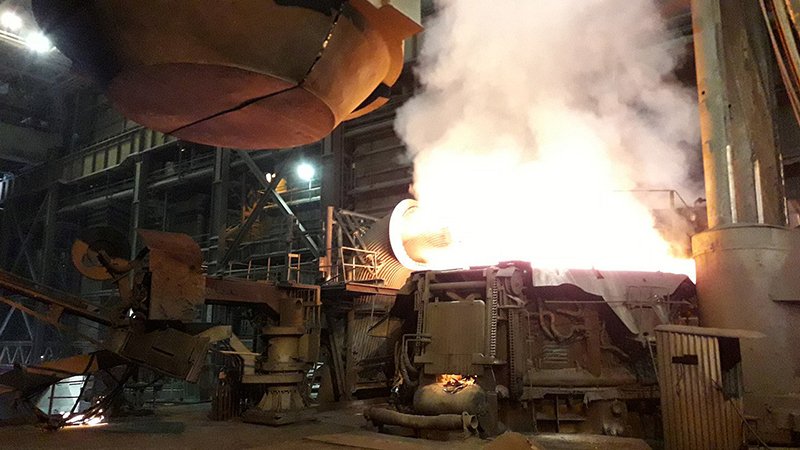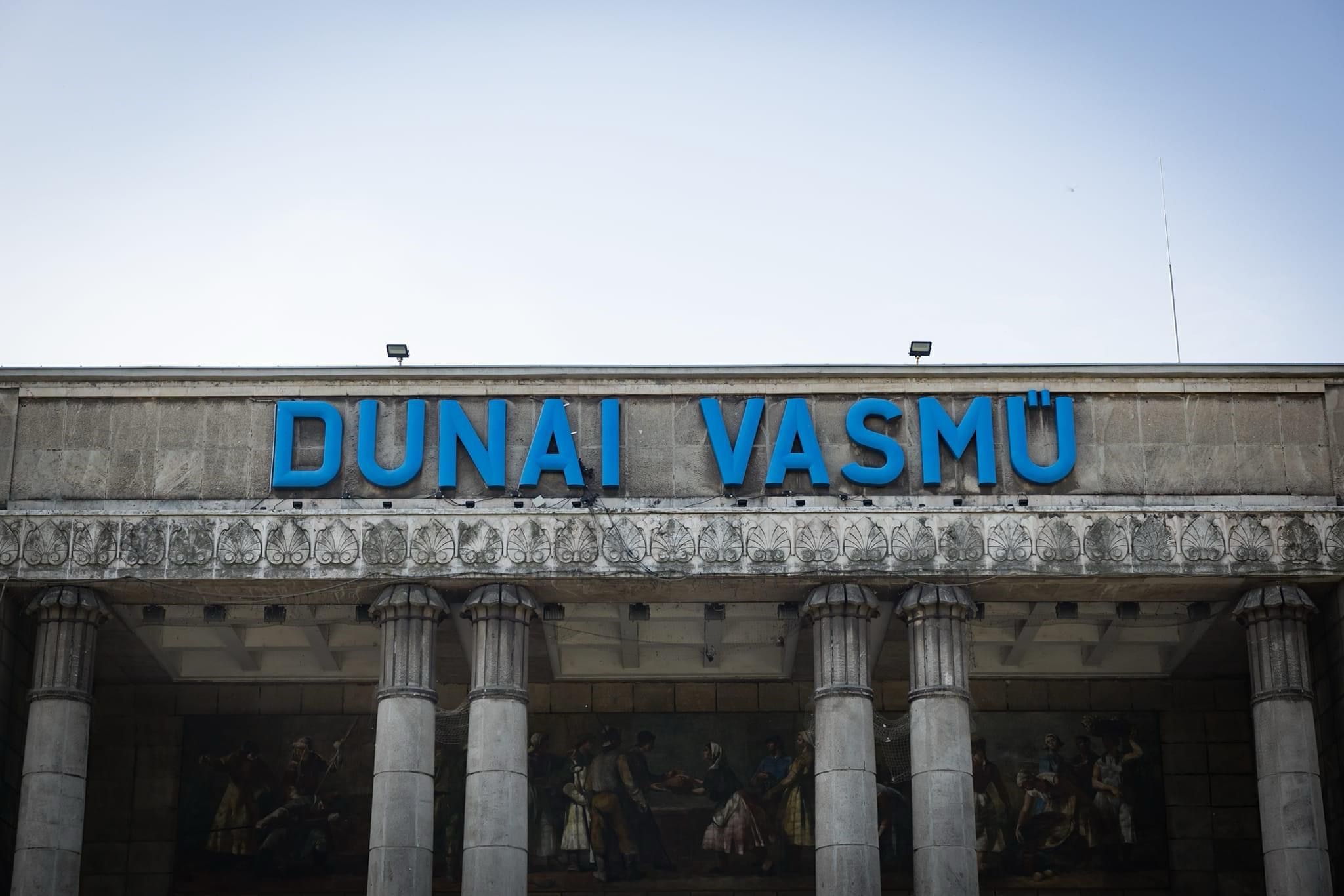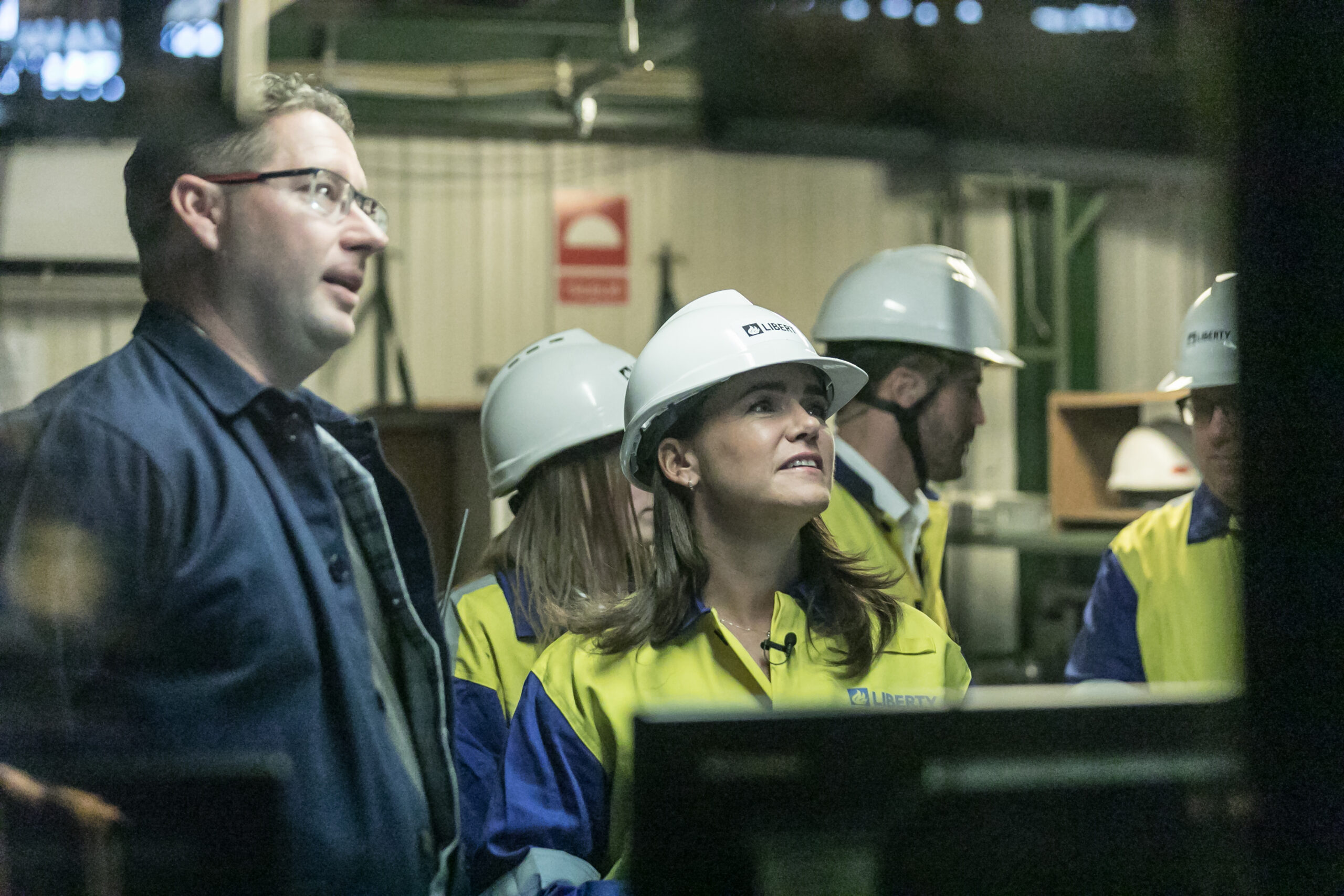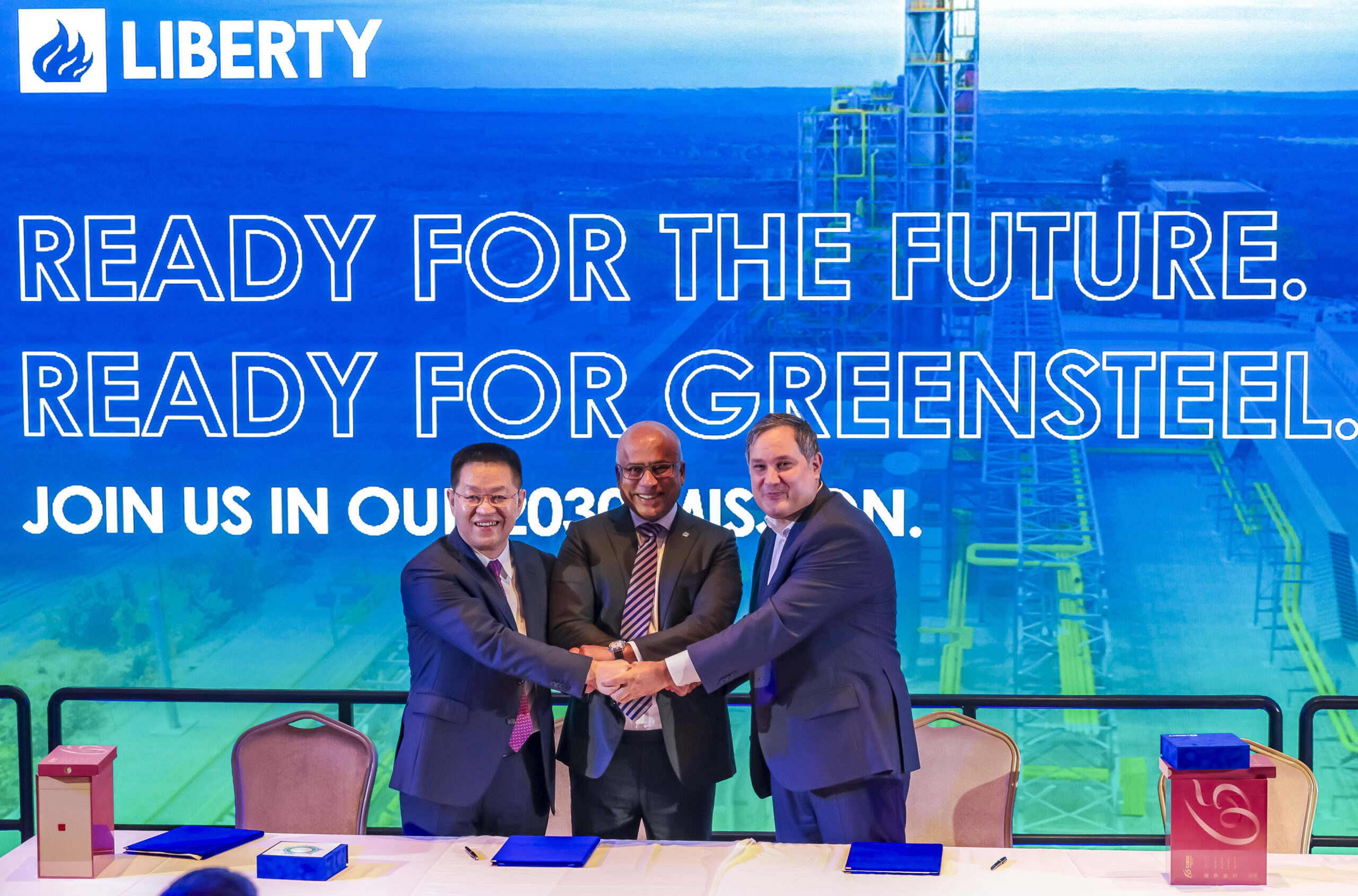A LIBERTY Dunaújvárosról
A LIBERTY Dunaújváros Magyarország legnagyobb acélgyártója
Üzemünkben az acélgyártás hagyománya 1954-re nyúlik vissza, amikor kohóink először beindultak.
Vállalkozásunk tulajdonosa 2023. október 20-a óta a LIBERTY Steel Group.
Törekvésünk, hogy 2030-ra szén-dioxid-semleges GREENSTEEL-t állítsunk elő.

Hírek
összes megtekintése Hírek
Hírek
LIBERTY Dunaújváros: új néven működik tovább a Dunaferr
A LIBERTY Steel Group („LIBERTY”), az EU Versenyjogi Hatóságának jóváhagyása után, lezárta a Dunai Vasmű, Magyarország vezető acélgyártójának felvásárlását. Az...
Olvass tovább Hírek
Hírek
Novák Katalin köztársasági elnök a dunaújvárosi vasműbe látogatott
Sanjeev Gupta, a LIBERTY Steel Group ügyvezető elnöke ma a dunaújvárosi vasműben fogadta Novák Katalin köztársasági elnököt, aki a Dunaújvárosban...
Olvass tovább Hírek
Hírek
A LIBERTY és a CISDI együttműködik a magyar Gazdaságfejlesztési Minisztériummal a Dunaferr szén-dioxid mentesítésében
A LIBERTY Steel Group („LIBERTY”), a kínai CISDI Engineering Co. („CISDI”) a mai napon partneri megállapodást kötött. Ennek célja, hogy...
Olvass tovább Hírek
Hírek
SANJEEV GUPTA – EXECUTIVE CHAIRMAN, LIBERTY STEEL GROUP
“A LIBERTY a Dunaferr felszámolási folyamatában a Dunaferr üzletmenetének folytonossága és a foglalkoztatottak biztonsága és a működés stabilizálása érdekében egy...
Olvass tovább